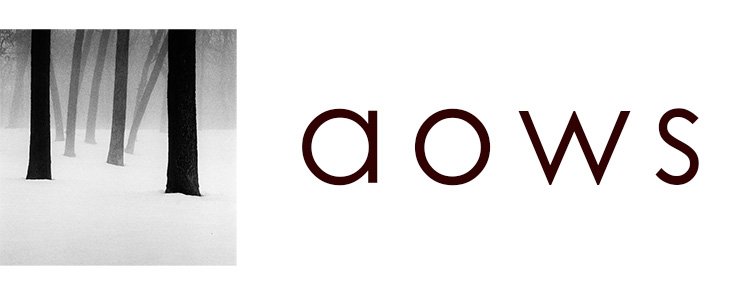We are driven by emotions — we make images when we see something that makes us feel in a certain way, and we try to recreate those feelings in the viewer through our work.
Art should touch and move the audience: the last thing we want is to leave people indifferent.
There’s a tricky balance in play here, though: on one hand, we need to feel something to make good images; on the other hand, we must be careful not to attach those feelings to the photograph.
This happens especially with images that were hard to make. Perhaps, we had to hike several miles to reach the location, wait several hours for the conditions to be just right, or we might have made the whole process more challenging on purpose, adding constraints to our workflow.
Whatever it is, those images will feel different. More rewarding to make, but harder to look at for what they are. It’s not easy to know how others are going to perceive what we capture, or how we will feel in a few months or years about the image.
This is ok. This is normal. This is part of the process, and it happens to all of us. But it’s important to be aware that this is happening.
detaching ourselves from our work
It’s important to develop a sense of looking at our own work from a distance. We should try to see it from the perspective of someone else. We can also ask for feedback.
In the end, though, only time will give us the required perspective. Letting our photos marinate for a few weeks, months, or even years, so we can see them for what they are, once our attachment to them has faded away a little bit.
how to convey emotion with our photography
I talk from my personal experience here: the way I do it is by focusing on the mood, the atmosphere, instead of a specific subject or location. It’s all about the fog, the snow, the clouds, the stillness of the water in a long exposure, the lone figure in the vastness of the landscape, the small facing the big…
We can also evoke wonder by creating mystery: think deep shadows, and night photography. This can even make the viewer feel a bit uncomfortable, as their imagination runs wild.
Contrast can dramatically change the feeling of an image: high contrast is the equivalent of being loud, while low contrast is more gentle and subtle.
Let’s not forget about the way we present and show our work: photography is much more than showing a single image. For example, the audience comes along with me in my videos, and the photographs I show in them will feel very differently than the ones I share by themselves. The movie offers a context that will frame the work in a very different light.
Books let us use captions and descriptions. Use that extra information to reveal things about the image that are not obvious by just looking at it. Music can transform visual work as well.
No matter what, don’t forget: your work is to make the viewer feel something — and that includes your future self.





